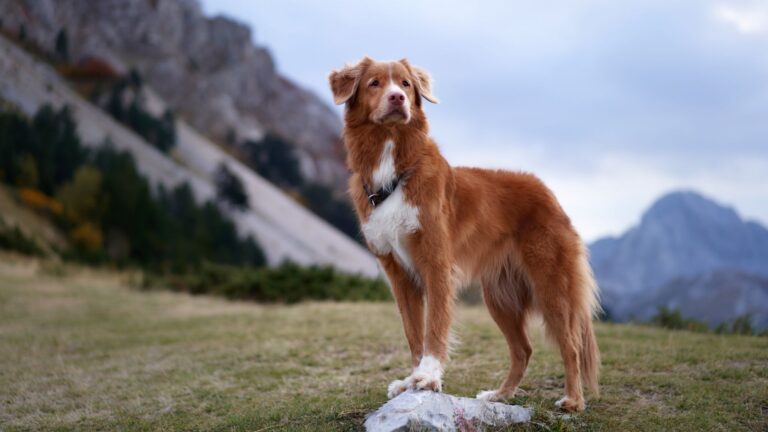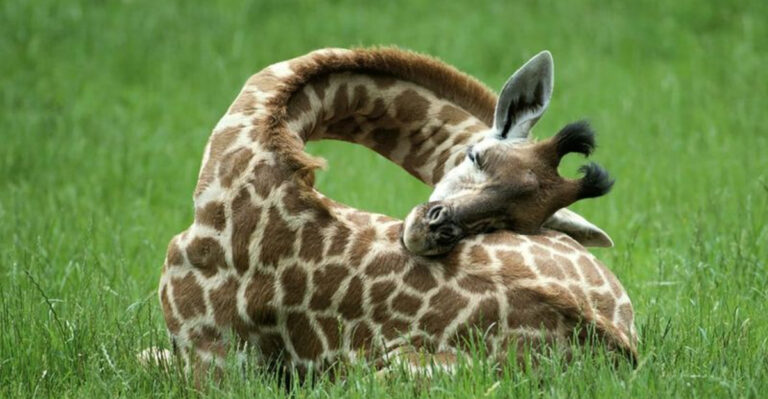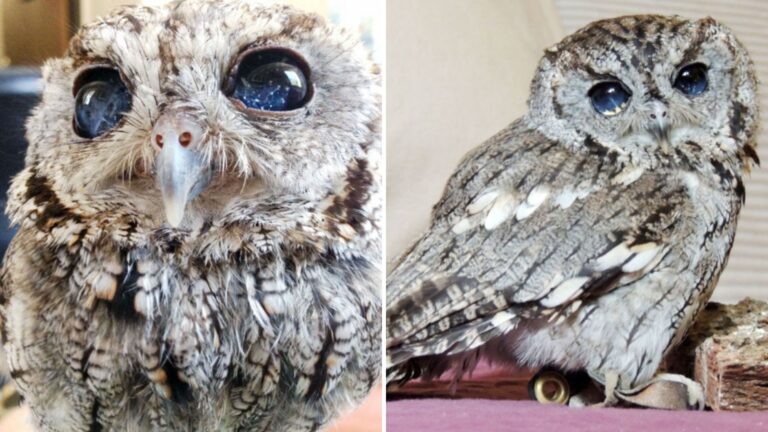23 Things Your Dog Is Telling You Without A Sound
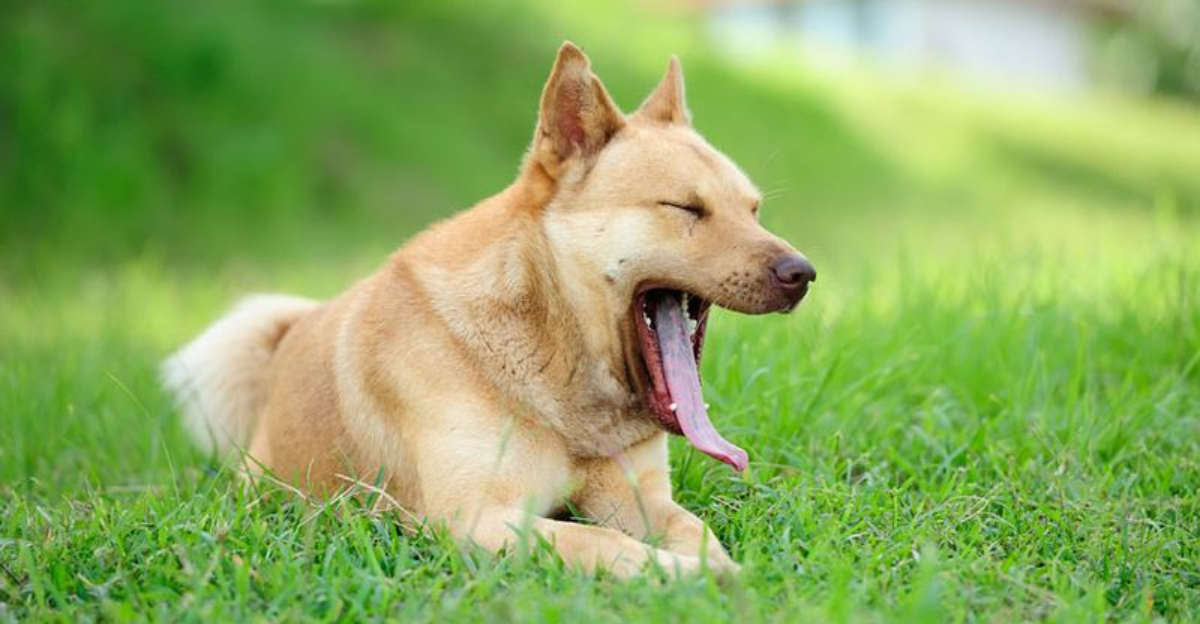
Ever wondered what your four-legged friend is trying to say when they’re just sitting there, wagging their tail or giving you “the look”?
Dogs have a rich language all their own, without uttering a single bark. Their silent signals can tell you when they’re happy, anxious, or just need a belly rub.
Here are ways your dog speaks to you without a sound. Get ready to understand your furry friend’s secret language!
1. The Wagging Tail
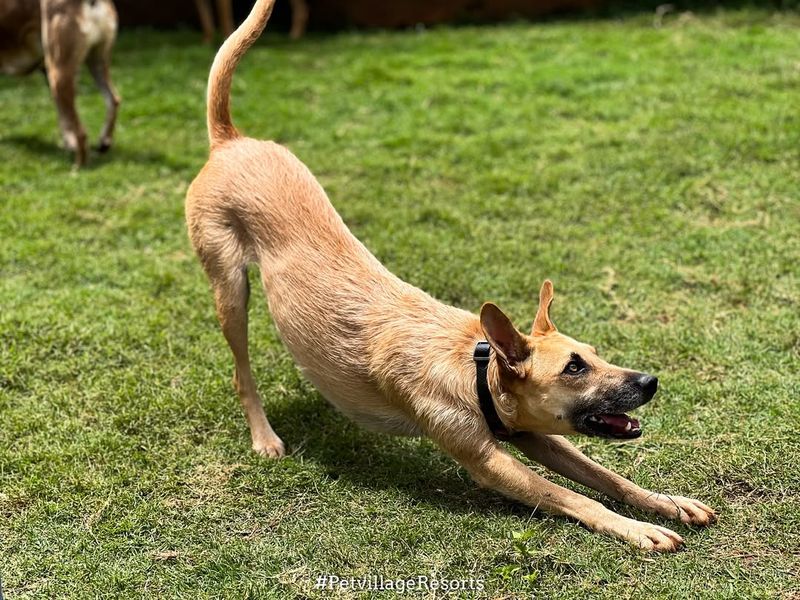
A wagging tail can speak volumes, often signaling a dog’s happiness or excitement. However, not all tail wags mean the same thing.
A high, stiff wag might indicate alertness or agitation, while a low, slow wag can show insecurity. The speed and position of the wag reveal emotions, much like a human’s facial expression.
So next time your dog wags their tail, take note of the subtle differences – they might be telling you more than you think!
2. Pawing At You
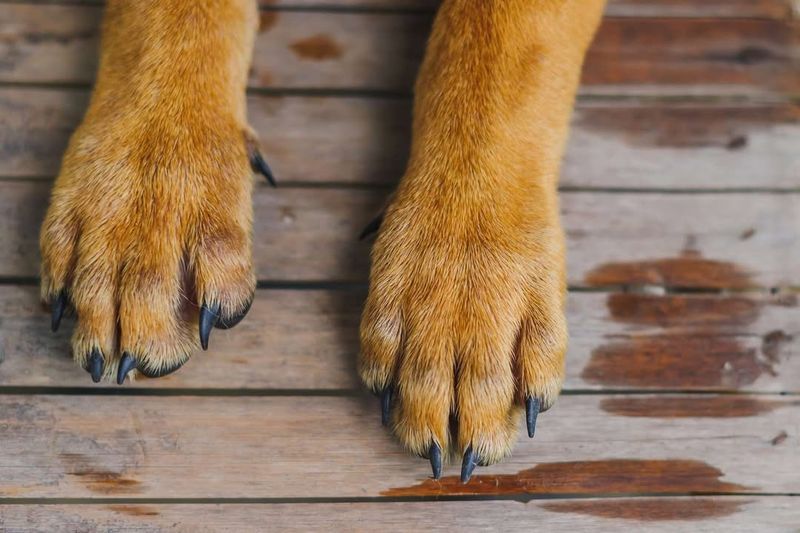
When a dog paws at you, they often seek attention or affection. This endearing gesture might mean they want to play, need a scratch, or simply crave your company.
It’s their way of saying, “Hey, notice me!” Sometimes, it can also be a sign of anxiety or uncertainty, especially if accompanied by other signals like a lowered head or tucked tail.
3. The Full-Body Wiggle
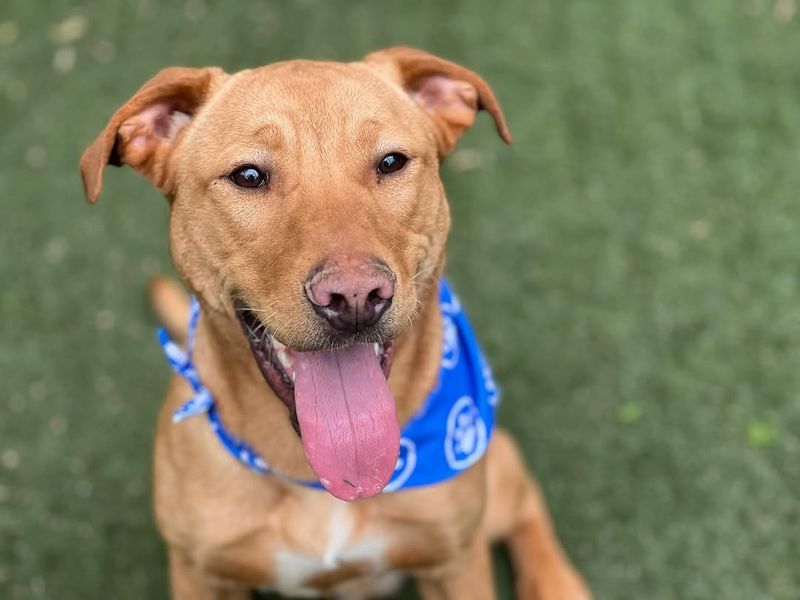
Few things express joy better than a full-body wiggle. This delightful dance is a dog’s way of showing pure happiness, often seen when you return home or during playtime.
It’s like their version of a happy dance, and it’s quite infectious! Besides happiness, it can also signal excitement or anticipation.
So, when your dog wiggles their entire body, know they’re sharing their joy with you, inviting you to join in the fun!
4. Direct Eye Contact
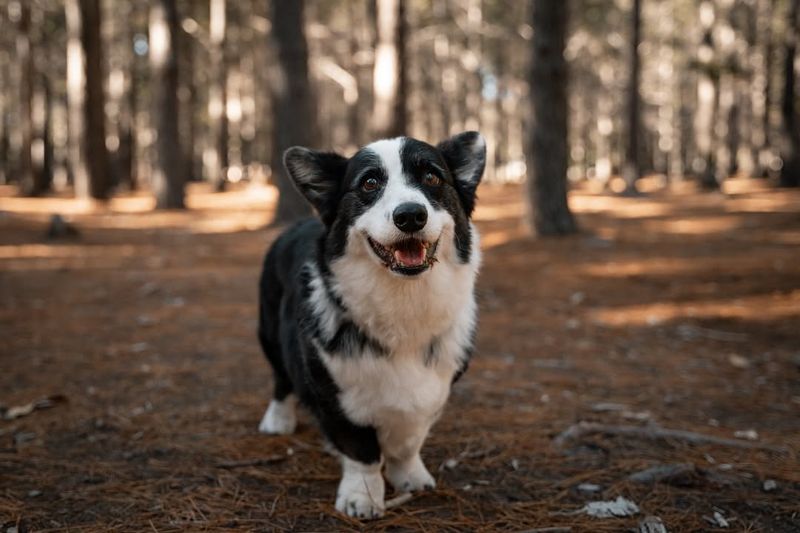
Ever felt your dog’s gaze burning into you? Direct eye contact from a dog indicates trust and affection.
It’s their way of bonding, much like a hug in the human world. However, prolonged staring can sometimes be a sign of dominance or a challenge.
It’s essential to understand the context and your dog’s body language to interpret their gaze correctly.
5. Ears Perked Up
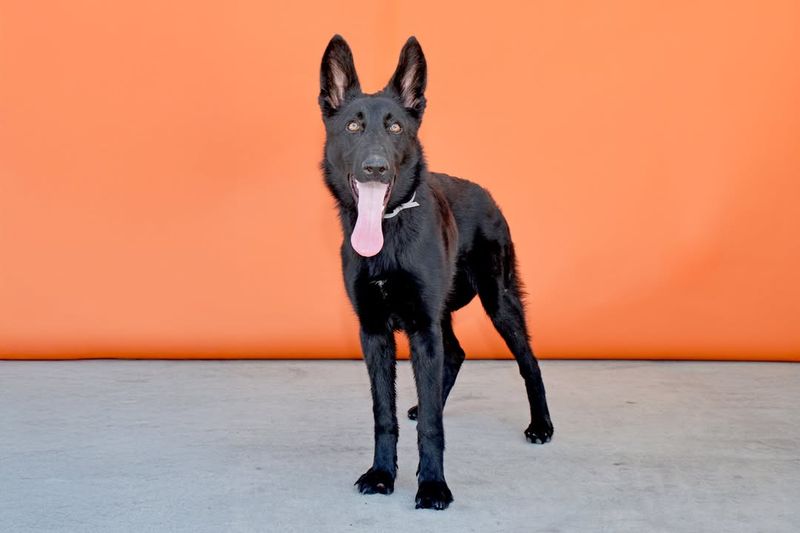
When a dog’s ears stand at attention, they’re tuned into their surroundings. This alert posture usually means they’ve heard something intriguing or unfamiliar.
Dogs use their ears like radar dishes, moving them to catch sounds from different directions. Whether it’s the rustling leaves or a neighbor’s footsteps, perked ears are a sign your dog is in investigation mode.
6. The Play Bow

The play bow is a classic invitation for fun. With their front body lowered and rear up, dogs show they’re ready to play and mean no harm.
This gesture is an age-old way to communicate friendliness and a non-threatening stance. It’s an invitation packed with excitement and joy.
So, when you see your dog doing a play bow, it’s a clear call to join their joyful antics and have fun together.
7. Leaning Against You
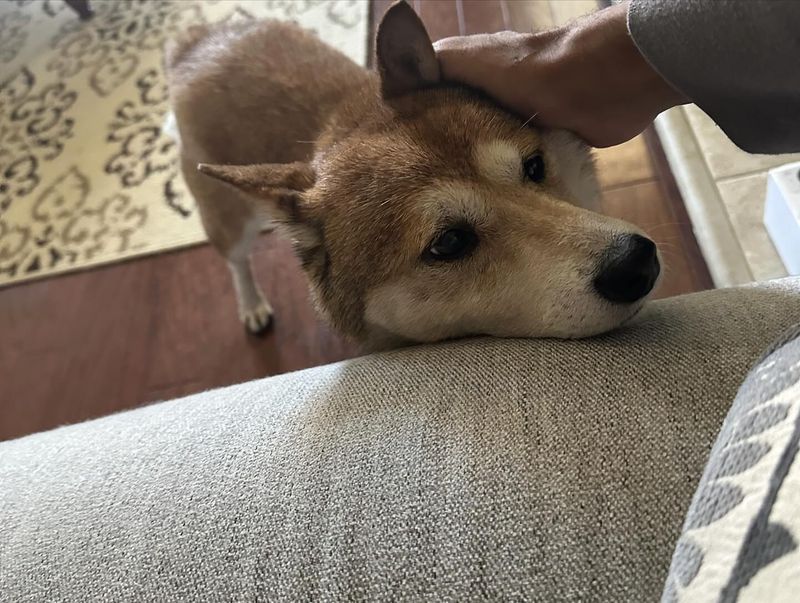
When a dog leans against you, it’s a sign of trust and comfort. Leaning is a dog’s version of a hug, showing they feel safe and secure in your presence.
This simple act also indicates they crave closeness and affection. Whether sitting or standing, if your dog rests against you, they’re expressing loyalty and companionship.
8. Exposing Their Belly
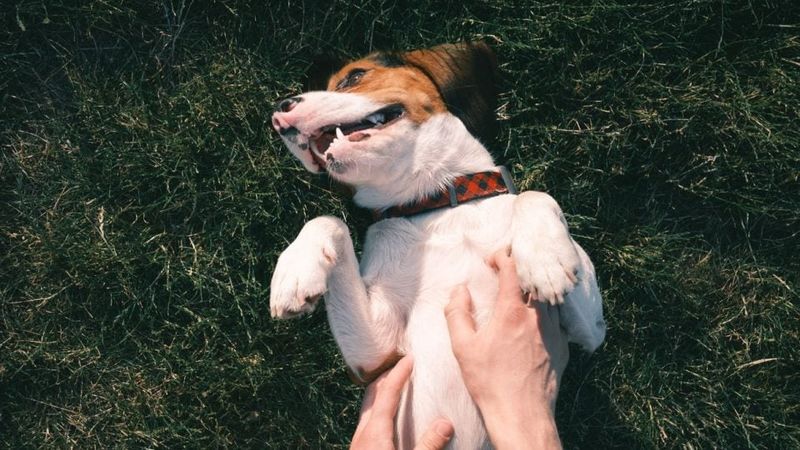
A dog showing their belly is a sign of trust and submission. In the canine world, this vulnerable position means they feel secure with you and are not afraid of being harmed.
It’s an invitation for belly rubs, which most dogs adore. So, when your pup rolls over, they’re saying they completely trust you and welcome your gentle touch.
9. Yawning
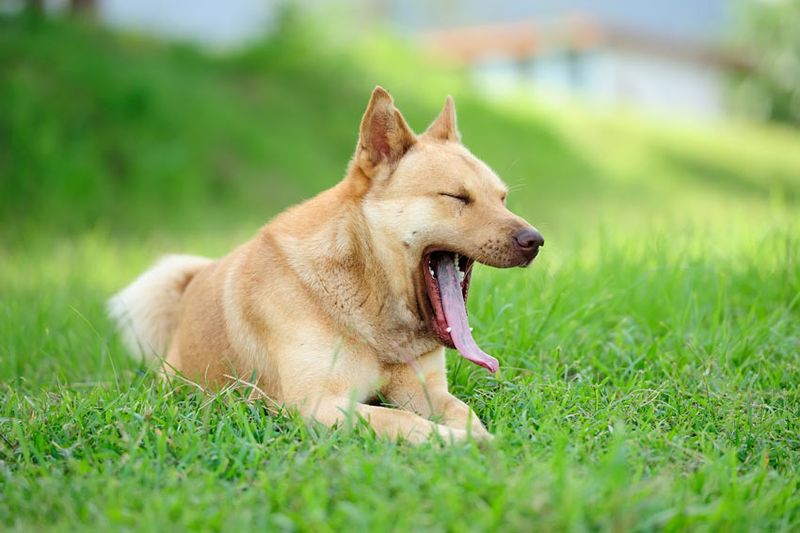
Yawning in dogs isn’t just a sign of tiredness. It can also indicate stress or discomfort. Dogs often yawn to calm themselves in tense situations or as a social signal to ease tension.
Like humans, a dog’s yawn can be contagious, often triggering yawns in people and other dogs.
If you notice frequent yawning, it might be worth checking if your pup feels anxious or needs some relaxing time.
10. Licking Their Lips

Lip licking in dogs often signals anxiety or uncertainty. It’s a subtle way of soothing themselves, especially in new or uncomfortable situations.
However, it can also mean they’re anticipating something tasty, like a treat or meal. By watching the context, you can decipher whether your dog feels stressed or is just looking forward to their next snack.
11. Head Tilting
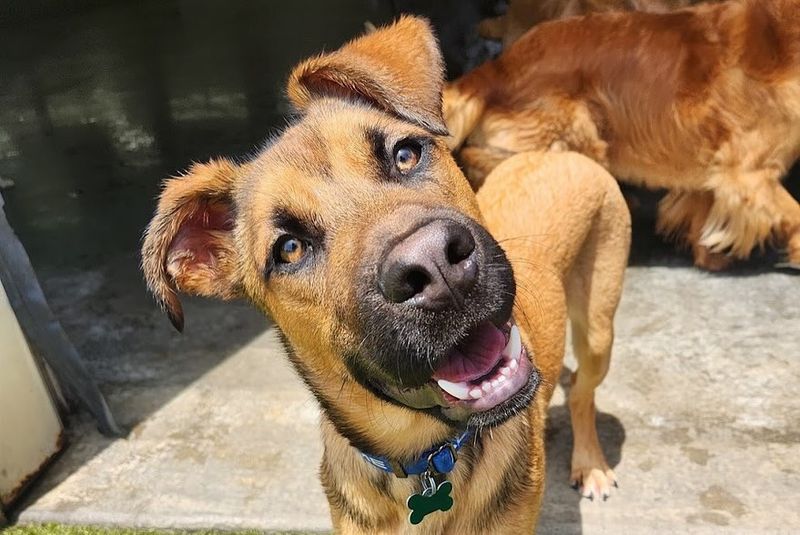
A dog’s head tilt is an adorable gesture that often signals curiosity or concentration. They might tilt their head to better hear a sound or understand a command.
This behavior not only helps them focus but also endears them to us, showcasing their inquisitive nature.
A head tilt is like a dog’s question mark, asking, “Did I hear that right?” It’s a charming way they show they’re engaged and interested.
12. Pacing
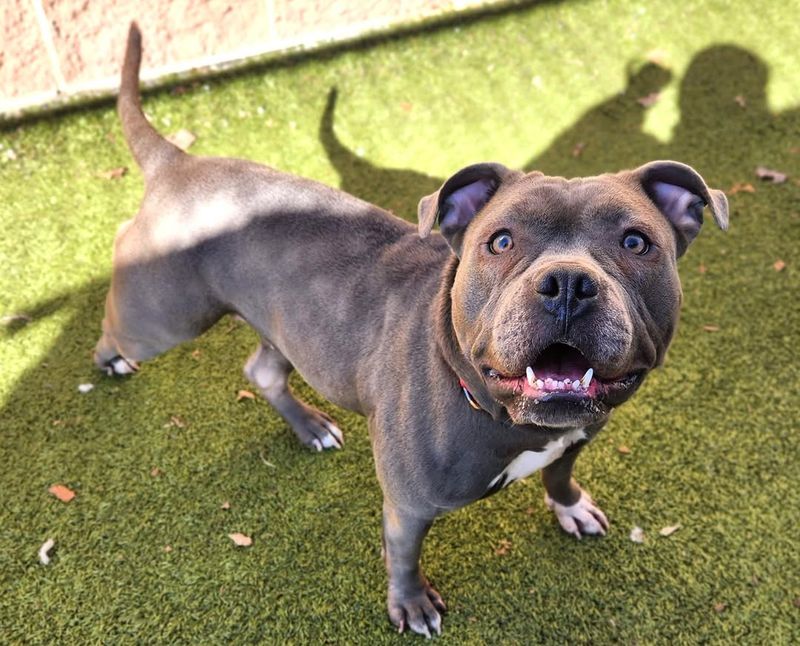
Pacing in dogs usually indicates restlessness or anxiety. It’s their way of burning off nervous energy or expressing discomfort.
This repetitive movement can be triggered by various factors like changes in environment, the presence of strangers, or anticipation of an event. If your dog is pacing, they might need reassurance or a calming break.
Observing the context will help you understand the cause and offer the comfort they seek.
13. The ‘Zoomies’
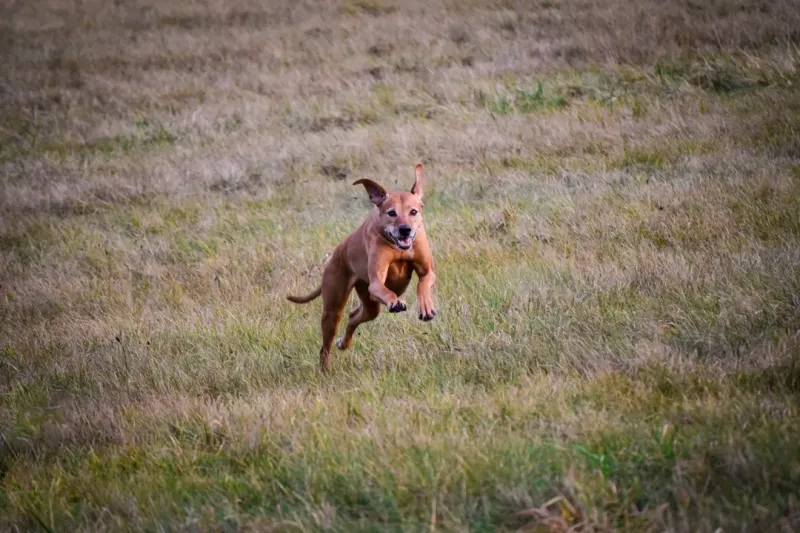
The ‘zoomies’ are sudden bursts of energy where a dog races around like a whirlwind. This playful behavior is a sign of happiness and excitement, often occurring after a bath or during playtime.
It’s like an explosion of joy that dogs can’t contain. While it might seem chaotic, it’s completely normal and safe in a secure environment.
14. Whining
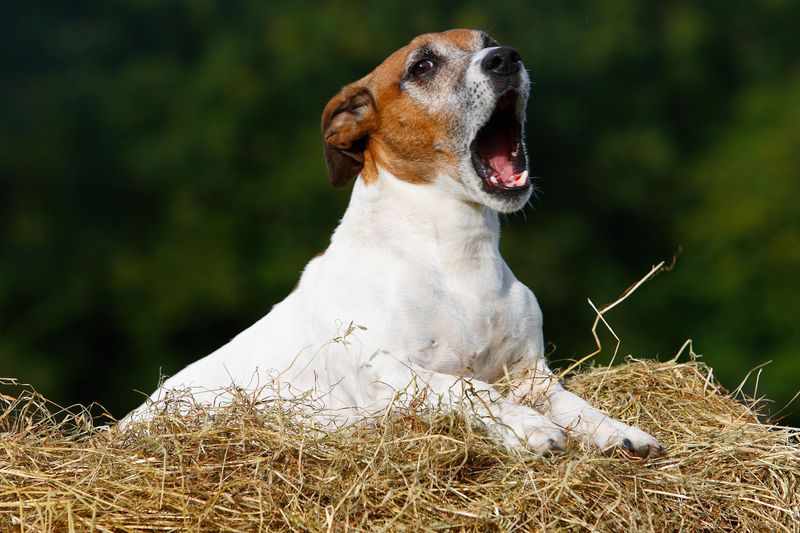
Whining is a dog’s vocal way of expressing needs or emotions. It can indicate excitement, anxiety, or a desire for attention.
Dogs might whine when they’re anxious or uncomfortable, or when they simply want something, like a toy or your attention. Understanding the context and accompanying body language helps you interpret their needs.
A gentle response can reassure them, showing you’re attuned to their feelings.
15. Sniffing The Air
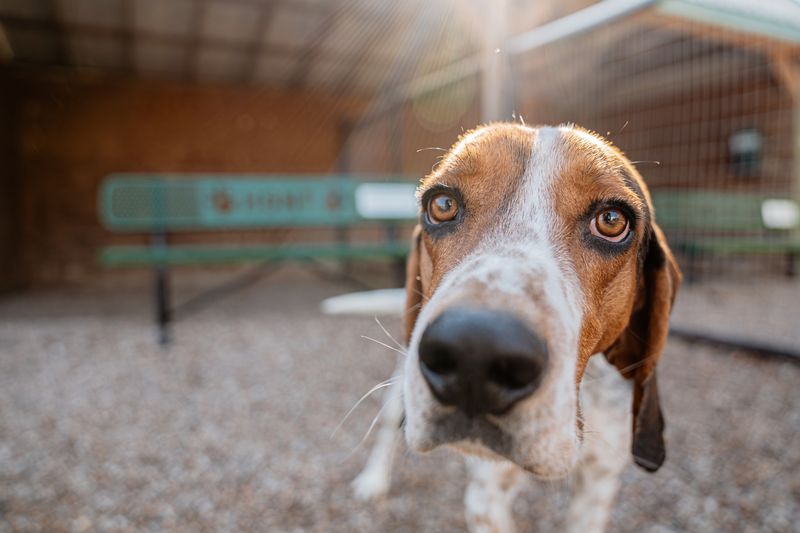
When a dog lifts its nose and sniffs the air, they’re exploring their world through scent. Dogs’ noses are incredibly sensitive, allowing them to detect things we can’t even imagine.
This behavior indicates curiosity and awareness of their environment, as they pick up scents of other animals, food, or people. It’s their way of gathering information, akin to how we browse the internet for new discoveries.
16. Panting
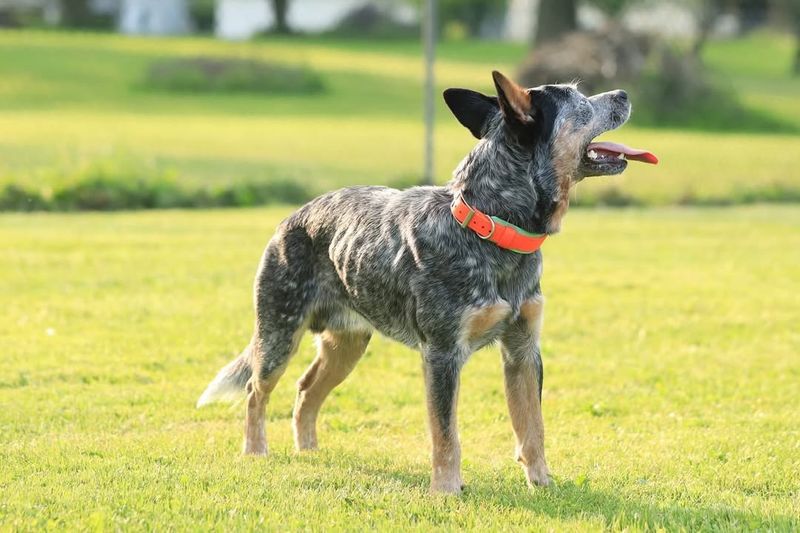
Panting is a dog’s way of cooling down, but it can also signal excitement or stress. After exercise or in hot weather, panting helps regulate their body temperature.
However, excessive panting might indicate anxiety or discomfort. Paying attention to the context and accompanying behavior can help you determine if your dog is simply cooling off or if they’re feeling stressed and need a calming break.
17. Nosing You
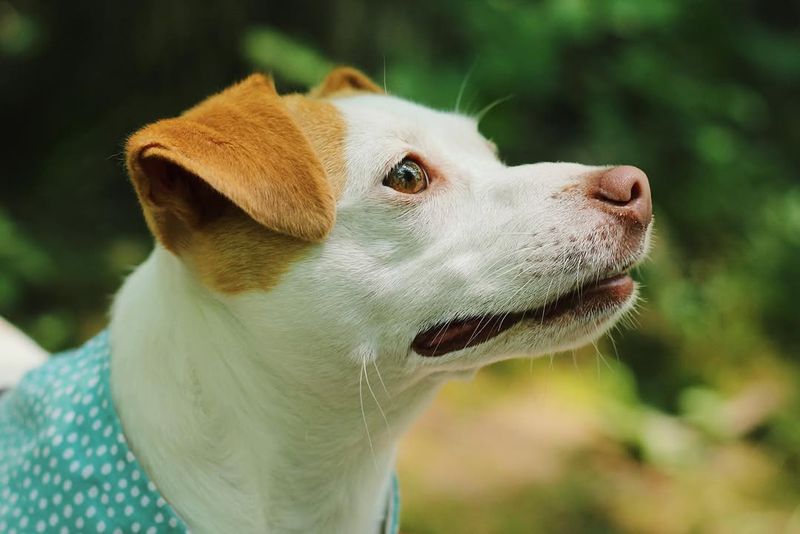
When a dog nudges you with their nose, it’s often a call for attention or affection. This gentle act might mean they want to play or simply enjoy your company.
It’s their way of saying, “Hello! I’m here.” Sometimes, it can also be a way to guide you or communicate a need, like going outside.
18. Rolling On Their Back

Rolling on the back often signals a dog’s happiness and playfulness. It’s a carefree act that shows they feel safe and relaxed.
Sometimes, it’s an invitation to play or a request for belly rubs, which most dogs find delightful. This behavior can also be a way to scratch their back or mark territory with their scent.
19. The Happy Bark
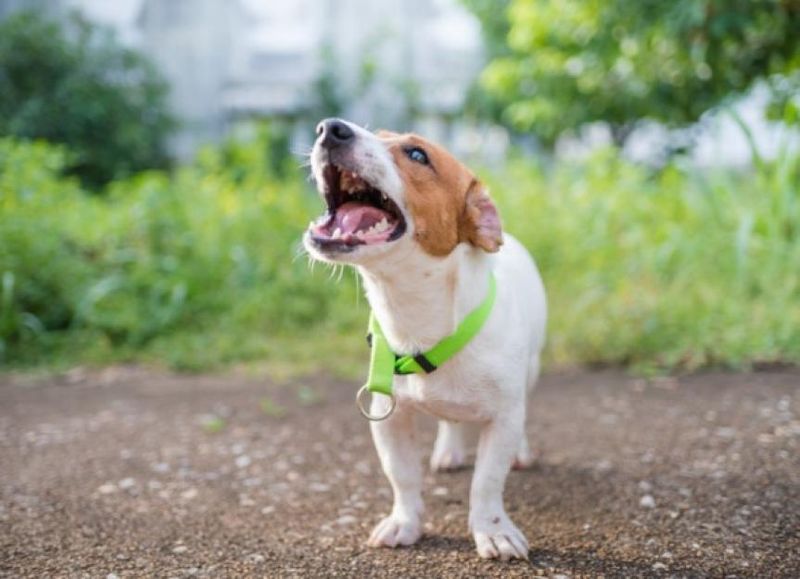
A happy bark is full of joy and excitement, often heard during playtime or when greeting familiar faces. It’s a vocal expression of their exuberance and delight.
While barks can vary, the happy bark is typically short and rhythmic, reflecting their positive emotions. It’s their way of sharing their happiness and inviting you to join the fun.
20. Staring Out The Window
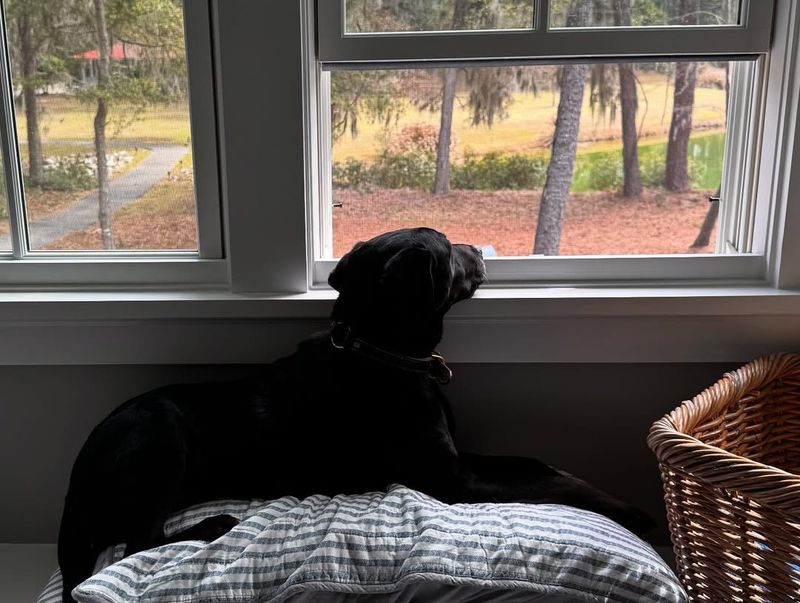
When a dog stares out the window, they’re observing their world, taking in sights and sounds. This behavior showcases their natural curiosity and desire to connect with their environment.
It’s a calming activity that provides mental stimulation and entertainment. Whether watching people, squirrels, or passing cars, it’s their window to the world, satisfying their inquisitive nature and providing endless fascination.
21. The Raised Hackles
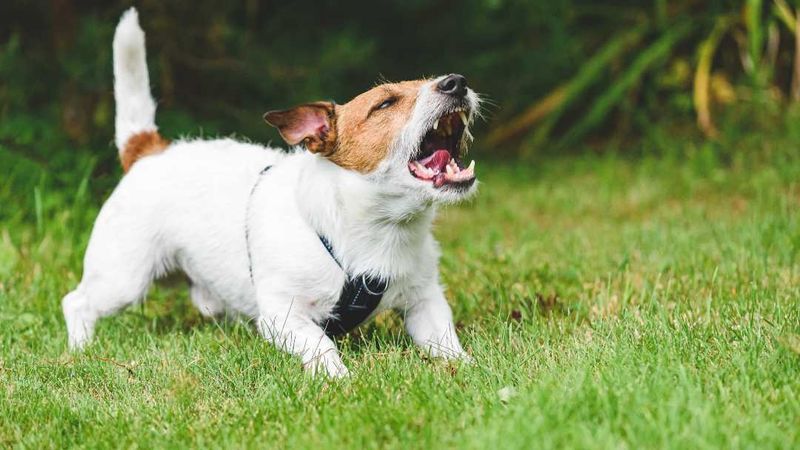
Raised hackles, where the fur along a dog’s back stands up, indicate heightened emotions. It can signal excitement, fear, or aggression, often depending on the context.
This reflexive response is akin to humans getting goosebumps. Observing other body language cues can help you determine the underlying emotion.
Understanding this signal helps in gauging your dog’s feelings and providing the appropriate response, ensuring they feel secure.
22. The Deep Sigh

A deep sigh from a dog often signals contentment or relaxation, much like a human’s sigh of relief. It’s a sign they feel comfortable and at ease in their surroundings.
Sometimes, it might indicate a hint of boredom or desire for attention. This gentle sound is a window into their emotional state, showing they’re satisfied or seeking a bit more interaction.

